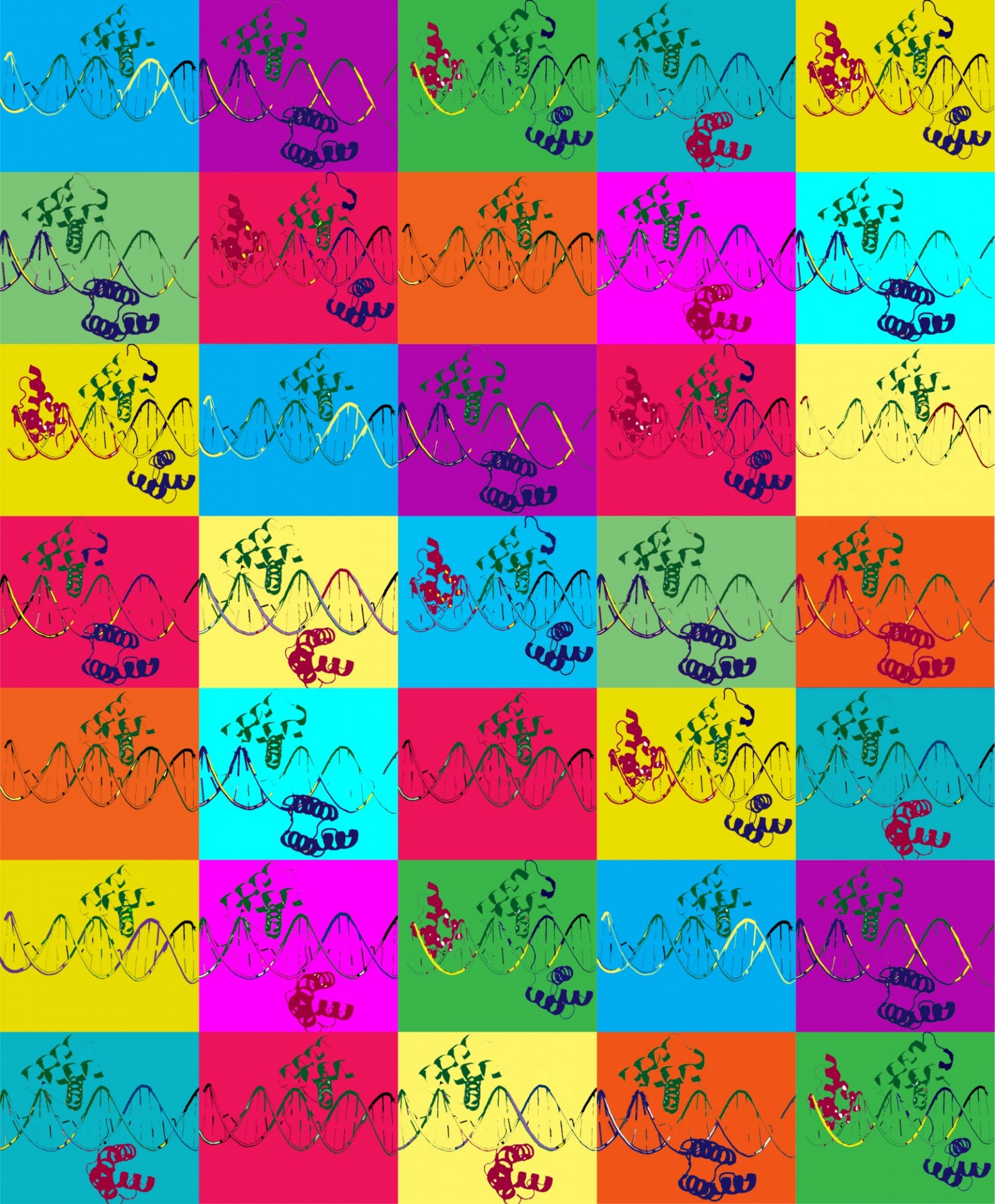In this paper, Judith Kribelbauer, who was a joint student with Harmen Bussemaker, significantly extended our understanding of how homeodomain protein complexes (Exd-Hox) bind to the correct binding sites in vivo. Judith generated an amazing amount of data for this paper: high-throughput SELEX-seq assays on wild type and mutant homeodomain proteins, ChIP-seq analyses of tagged homeodomain proteins from wing imaginal discs, and Hi-C data from wing discs to identify enhancer-promoter interactions. As a result, she discovered that compromising the recognition of DNA shape can selectively destabilize a subset of the TF complexes a TF can participate in, allowing her to identify complex-specific binding events and functions.
The other cool thing about these observations is that the same mutations that compromise Exd's ability to recognize DNA shape cause a human disease (CAKUTHED) when they are present in Exd's human ortholog, Pbx1. In other words, we think the CAKUTHED syndrome is caused by a DNA shape recognition mutant.

